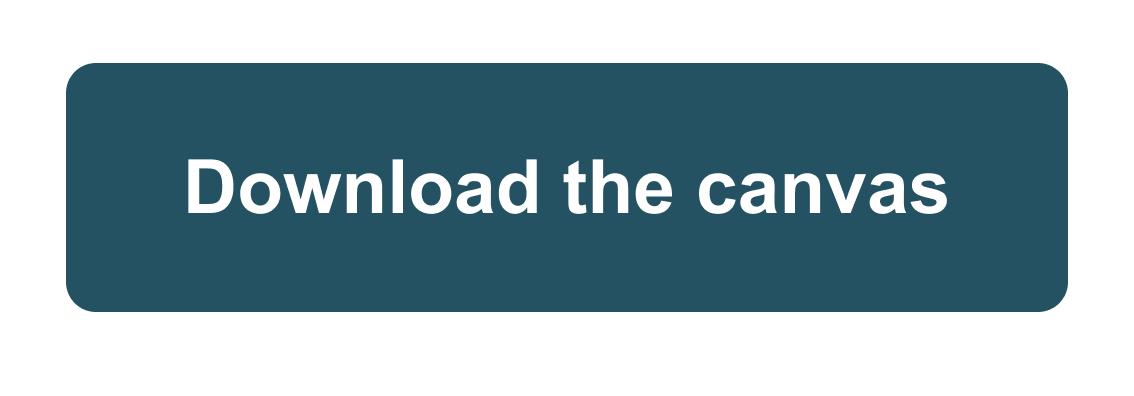The People & Connections Map is a visualization tool used to identify stakeholders you are trying to reach and how. It is a tool for mapping actors that surround you that could potentially become your partner, user or supporter. These might include people, communities, funders, networks etc. All of them can represent a resource to your innovation and link to your group goal or your innovation.
Challenges
The tool helps to focus attention on all actors in the product-service (eco)system. In doing so, it sheds light on actors and their possible role in the solution’s design and implementation. It also provides insight on those affected by the challenge, ensuring that marginalized voices are included. By mapping actors, services can be (re-)designed based on value creating relationships and improved based on user (actor) research. The tool is a first step towards a stakeholder map which defines these roles in greater strategic detail. As a first step, it also starts shedding light on the replicability of other SI ideas in the local context (from a reverse engineering perspective).
Problem, Purpose and Needs
The map seeks to encourage initial thought on the actors involved both directly and indirectly in the challenge space and their potential role in its solution. As such, it is useful for mapping relationships between actors and different facets of the challenge and identifying who to create value for, who can participate in the creation of the value (and when) and who is engaged in its delivery. It also sheds more light on aspects of the challenge that need to be researched and on narrowing in on specific elements of the challenge that address specific targets. It can also help in planning the co-creation process.
Relevance to Climate Neutrality
Challenges
Thematic Areas
Impact Goals
Issue Complexity
Issue Polarisation
Enabling Condition
Essential Considerations for Commissioning Authorities
The tool is a great mapping exercise to narrow in on different aspects of the challenge and the different actors engaged and their relation to each other. Adequate time should be given to this as a preparatory step towards other phases of the co-design process (e.g. context analysis, stakeholder engagement, value proposition, etc.).
Engagement Journey
Governance Models and Approaches
Enabling Conditions
Democratic Purpose
Spectrum of participation
Communication Channels
Actors and Stakeholder Relationships
The tool can be completed by the project team but is best completed with representatives from the challenge ecosystem to ensure that all actors are mapped and their possible connections. It is important to ensure that the marginalized and other unusual suspects are included to guarantee inclusion and work towards a just solution.
Participant Numbers
Actors and Stakeholders
Participant Recruitment
Interaction between participants
Format
Social Innovation Development Stage
Scope
Time commitment
The time the activity takes is dependent on the level of detail desired, but at its most essential, will take 1 hour. The time needed to prepare the activity is minimal and mainly regards the time spent on making a list of representatives to include in the mapping activity, inviting them for the workshop and organizing it.
Resources and Investments
Typical duration
Resources and Investments
In-house
Step by Step
Start from the center point of the tool by listing your target audience (beneficiaries, users, customers) who can benefit from your idea. Then work towards the outer layers and list stakeholders that surround you or are somehow related to the work you do. The closer they are positioned to the center point the stronger their influence or value is. Once you fill in the worksheet, revise the input, one by one, and reconsider possible repositions together with your team. By reviewing the stakeholders you will encourage team discussion and gain better understanding of relationships and connections you are trying to build. When finished, you will get a clear, visual stakeholder graphic to help you highlight and communicate the main focus
of your work.
Evaluation
The map should be presented to different actors for further input and revisions.
Connecting Methods
The map is a good precursor to a more detailed and strategic stakeholder map. It can also be useful as a first mapping of actors and their roles in the project – useful in fleshing out a business model.
Flexibility and Adaptability
The tool is already quite simple and flexible. Further detail can be added to contextualize it in the specific area or thematic focus. It should be translated into the local language.
Existing Guidelines and Best Practice
SIC’s SI Learning Repository: canvas and steps
https://www.silearning.eu/tools-archive/people-and-connections-map/
SISCODE Learning Hub: canvas and steps
https://www.siscodeproject.eu/repository/tools/people-and-connections-map
Nesta DIY toolkit: canvas, steps and video tutorial
References and Further Resources
SIC. (2020). SI Learning Repository: Business Model. Retrieved from https://www.silearning.eu/tools-archive/business-model/

Comments ()